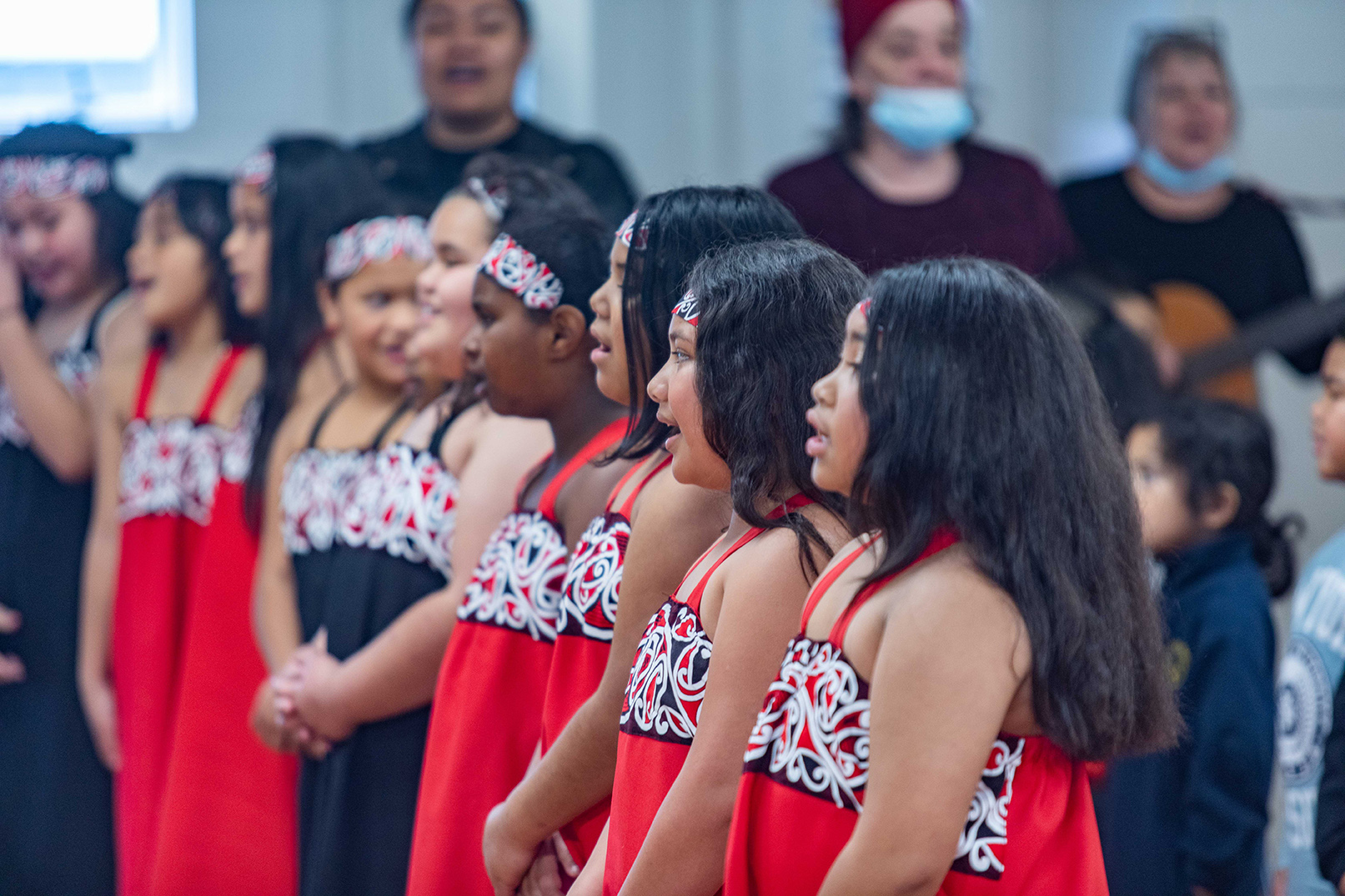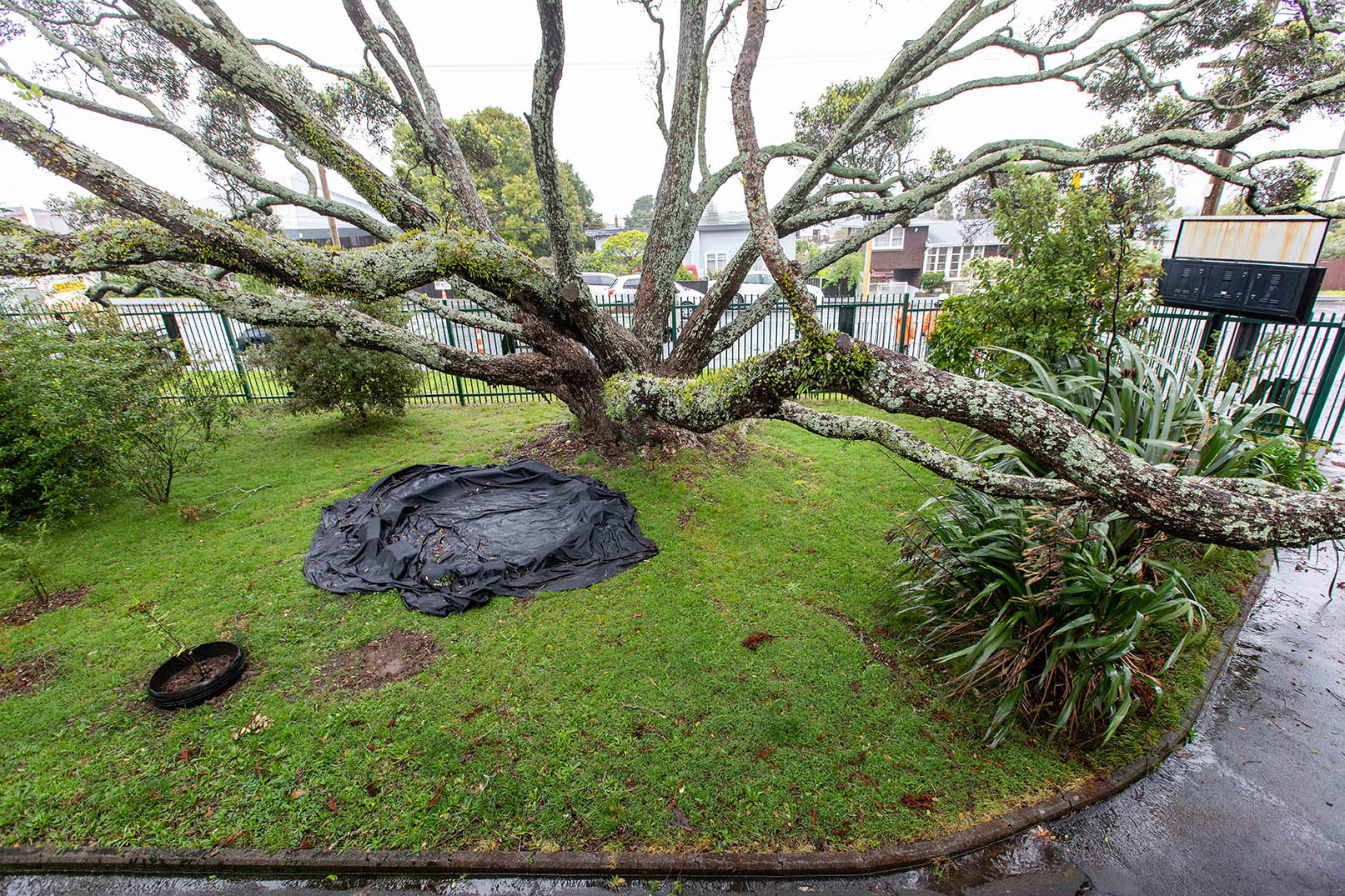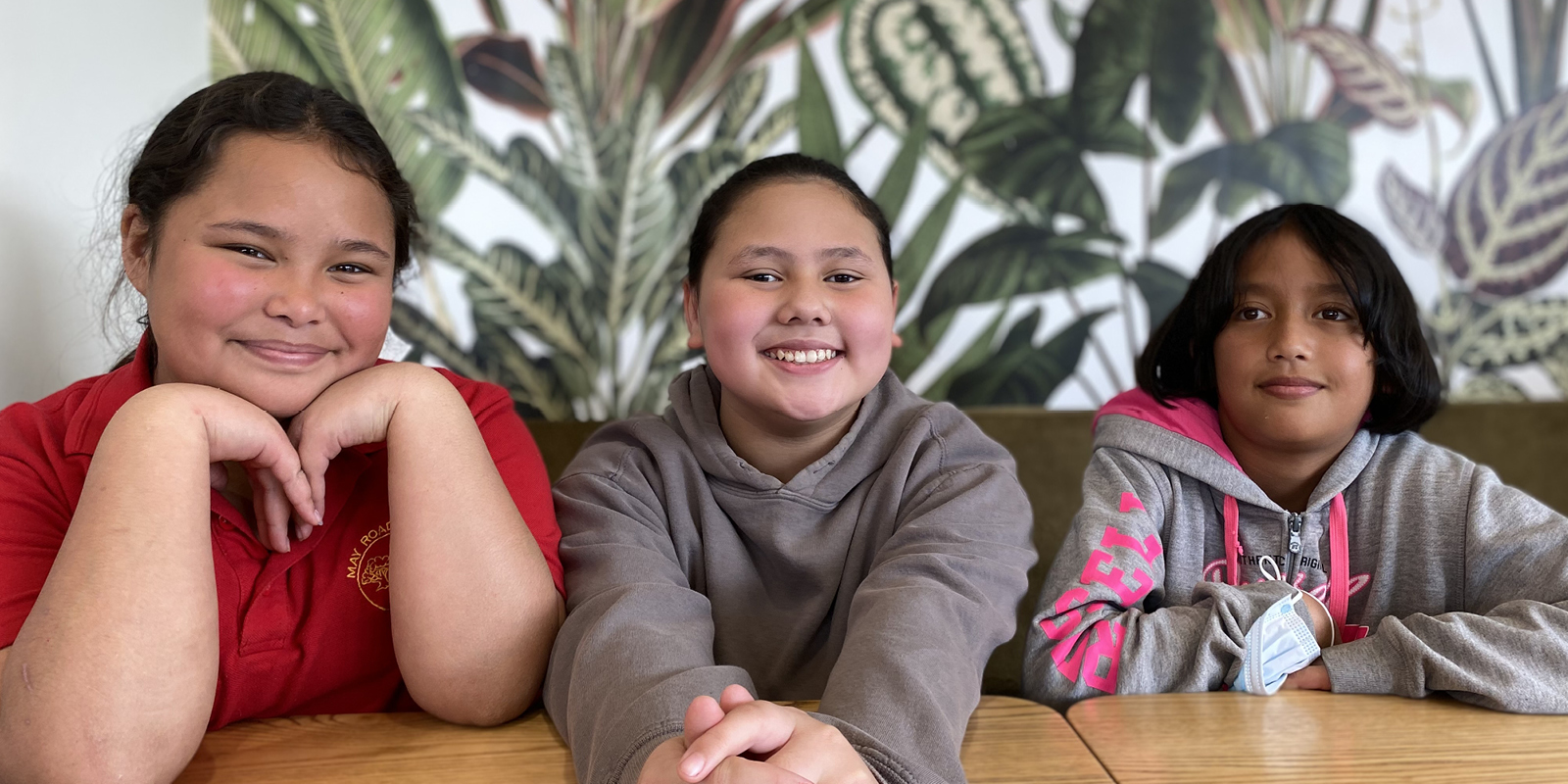An archaeological shell midden discovery in the Roskill neighbourhood has inspired May Road Primary School’s Mana Whenua group to uncover more about the day-to-day workings of early Māori villages, and to revitalise their connection to whakapapa with the input of local iwi.
Shell midden is an archaeological term used to classify the discovery of fossilised fish, shellfish and various other things used (and discarded) in traditional Māori food preparation. Shell midden was also used by early Māori as a fertiliser to cultivate and grow village gardens and as a material for pathways that could be seen at night! It was even used on whare floors to help keep them dry. A shell midden discovery was recently made near May Road Primary School by archaeologists working with the Roskill Development team.
When Kāinga Ora plans developments, Dr Hans-Dieter Bader is part of the due diligence team who assess the land before construction begins. His work includes exploring any heritage and archaeological issues that should be taken into account before work commences.
Dr Hans-Dieter Bader has a longstanding involvement with May Road Primary School’s Mana Whenua group, which is part of the Outreach programme, initiated to teach local tāmarki about Māori heritage through an archaeological lens. The Mana Whenua group is made up of ten or so mixed culture and gender students, aged between 10 and 11 years old, who meet once a week.
“May Road School is built on a small Māori pāpa kairanga (village settlement). Shell midden discoveries made here are interesting because they teach us about the scale of Māori settlements and villages, how big they were and how they functioned.” Explains Dr Hans-Dieter Bader.
Shell midden discoveries are one of the first things revealed in archaeological digs. They’re the first piece of a puzzle leading archaeologists to construct a bigger picture about Māori villages, populations and how they lived.
“From an archaeological perspective, once shell midden is removed from a site it’s not worth that much because we can’t discover anything more or anything new. But from a cultural perspective the presence of shell midden is the ultimate footprint and shadow of the past. The mana of shell midden can connect us to ancestors.” Dr Hans says. The preservation of the shell midden found near May Road school, is led by this cultural perspective and becomes a precious learning tool to teach tamariki about their heritage.
At the moment, the shell midden has been blessed and mihi’d to the school by Ngāti Whātua Ōrākei and Te Ākitai Waiohua, and is resting under the safety of an ancient pohutukawa tree on the school grounds. Roskill Development’s community team will work with Mana Whenua, Dr Hans and students to clean the shell midden of modern history, before codesigning the taonga into the schools planned landscaping upgrade where it will be available for all to look at and enjoy.
“This is part of the cultural value of archaeology - that it continues to help us understand the past and helps to challenge some of the norms and assumptions of today about the ‘right’ way to do things. These discoveries can also help us understand why things are the way they are. And it’s evidence based - the material facts are not subjective opinions, they can help us uncover ‘the true story,’ of the past.” Says Dr Hans.
Discussion and exploration of the discovered shell midden at May Road Primary School, instigated a ripple effect within the Mana Whenua group, their families and the wider community. Under the guidance of local iwi, the discovery prompted further and deeper investigation into heritage - inspiring local tamariki and their whānau to learn more about their connection to whakapapa, and even to learn their pepeha.
Ngāti Whātua Ōrākei’s Matua, Nick Hawke reflected on the shell midden discovery - commenting that the only time he had witnessed a similar cultural repatriation of taonga was when he was a young boy and his grandfather did a special blessing at Ōrākei.
The present day repatriation ceremony for the shell midden discovery at May Road Primary School was the first of its kind, and Ngāti Whātua Ōrākei would like to see other schools in development areas become kaitiaki of their own taonga.

